Photo credit: Ed Roman
Editor’s note: Since 2008, one of the Stones Planet Brazil’ goals is try to post exclusive informations and interviews. Many important people have spoken with us over these years (Bernard Fowler, Tim Ries, Patrick Woodroffe, Nelson Motta, Bill German, Tamara Guo (Blue Lena), Joyce Smyth, Fran Curtis, Rolando Rebelo, Doug Postash, Nelio Rodrigues, José Emílio Rondeau and others).
On this exclusive interview, Andy Babiuk, co-author of “Rolling Stones Gear: All the Instruments from Stage to Studio”, talks about his book, just released, and some more curiosities about the Stones’ equipment and about his researches for the book. With many thanks to our readers and team members (Cristiano Radtke, Jéssica Marcari, Leandro Siqueira, Leandro Estrada, Pedro Henrique Fernandes, Rodrigo Leão, Rafael Guimarães e Fernando Kfouri) who helped us with the questions we’ve sent to Andy. A portuguese version of this interview can be read on this link.
Stones Planet Brazil – The Stones’ fans are waiting for your book to be released since 2010. This delay can be credited to some updates? The 2013′ concerts has something to do with it?
Andy Babiuk – Yes, it was part the 50th concerts in the UK and NYC and the 2013 tour. But it was more getting all the photos of the bands instruments . We were missing some of Keith’s and Ronnie’s guitar. But we got them all in the end, it just took some time.
SPB – On your website, you thanks the Rolling Stones for their help on the making of your book. Have you interviewed them for the book?
AB – Yes we did. I felt that Bill Wyman was the most important to interview as he was the band’s historian. Bill was very kind and I spent some time at his home in England. We did a very long interview where I showed him over 300 photos during the interview to help refresh his memory. All the guys were very nice and were very helpful especially when it came to photographing their equipment.
SPB – Did the Stones gave you full access to their instruments and musical equipment?
AB – Yes, Pierre de Beauport who is in charge of all the Stones gear was very helpful. Pierre was great in helping find and make sure that we got all the right instruments photographed for the book.
SPB – According to the press release on your website, your book will document all of the Rolling Stones’ musical equipment. Is there a specific instrument or musical equipment that was more difficult to find some information about it?
AB – Well yes, for instance Bill’s first bass that he said was ‘home made’, that was difficult. But I did figure out it was originally a Dallas Tuxedo bass that was made in London in the late 1950’s. I showed it to Bill and he confirmed it. Before he was in the Stones, Bill took that Dallas Tuxedo bass and cut in down, painted it and took the frets off making it fretless. All the early Stones recordings were done with a fretless bass! It’s all in the book…
SPB – What were your main sources for the research of the musical equipment?
AB – I’ve been dealing with vintage equipment for over 30 years. This is my specialty. I’ve been a staff consultant for the Rock and Roll Hall of Fame since it has opened. I have a vast library of information on gear that I’ve collected through the year. I’ve also been in the retail business of guitars for over 30 year. A lot of the equipment reported in the book I sold when it was new. I’m still in the retail guitar business. I have a guitar shop in Rochester, New York called Andy Babiuk’s Fab Gear.
SPB – The book will cover the entire period from 1962 until their last concert, at the Hyde Park last year?
AB – Yes, it does. 50 years! The last chapter has a lot of photos that I took at the Boston 2013 show. I was on the stage before the sound check and going through all of the equipment on stage and under the stage. All of the guys working on guitars… and then photos of the show from all over including from under the stage. It was like a day in the life of a Rolling Stones gig!
SPB – What is the exactly acoustic guitar model Brian Jones played in the Arthur Haynes Show, during You Better Move On?
AB – A Harmony.
SPB – Where do they keep their guitars and musical equipment on the break of the tours? Is there any special treatment, like a conditioned room or something like that?
AB – That is really private information for obvious security reasons. All the equipment is well taken care of when not on the road.
SPB – Keith and Ronnie are always spreading a white powder on their left hands before playing. What is that, and what’s the use?
AB – It’s pool cue Talcum powder, keeps your hands dry when playing billiards… or guitar!
SPB – Where are the guitars they used to play on the 60’s, like Keith’s Flying V (Hyde Park) and the Firebird VII? He still keep them?
AB – They have most of the guitars but many of the guitars have been stollen through the years. The Flying V is unfortunately gone.
SPB – In what year Charlie’s drum kit was manufactured?
Charlie’s Gretsch kit is a 1957. He got in in 1979 and when he got it it was already refinished to natural wood. I took a lot of detailed photos of the kit. They are all in the book.
SPB – Regarding Keith’s Tele Micawber, is it possible to determine all the modifications he has done to it (pickups, bridge etc)?
AB – Yes, we photographed Micawber in great detail. There are big closeup photos of the guitar in the book that tell all the details and all the modifications. It is a very magical guitar and I was very fortunate to be able to play it.
SPB – What about the Tele Custom 72 (the black one)? Is it an all-original one?
AB – There are two black Tele Customs. The original and one they got in ’81. When I was working with Pierre, he asked if knew which one was the first one. I had the original receipt when Keith bought the guitar in Texas in 1975 with the serial number on the receipt and also a picture of Keith paying for the guitar. So we were able to determine the first one. It is a 1975 Tele Custom. Both guitars are photographed and in the book.
SPB – Will the book have a Brazilian edition?
AB – That would be nice, you would have to speak with my publisher about that.
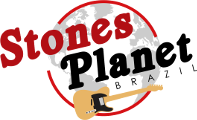
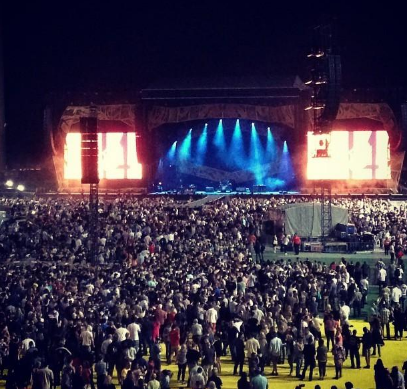
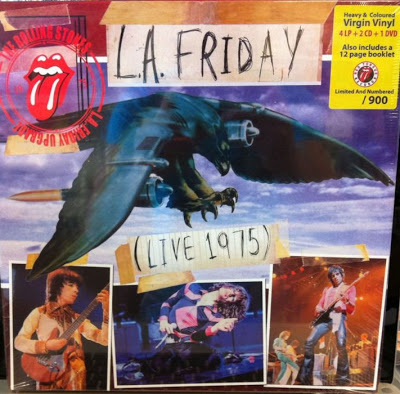
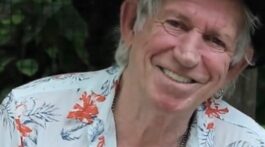

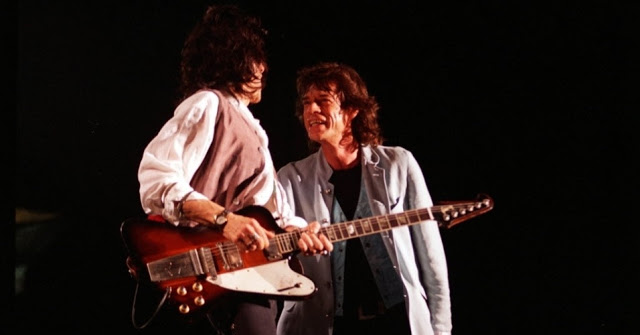

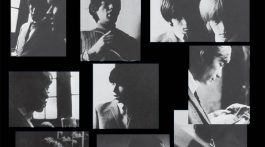
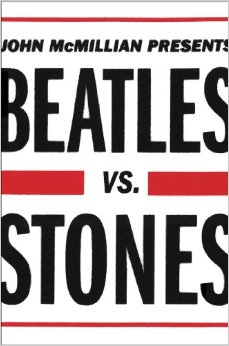
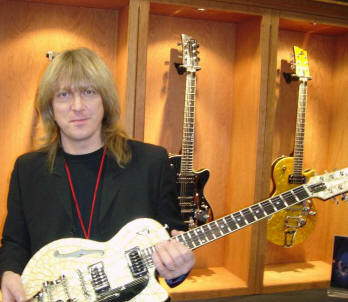
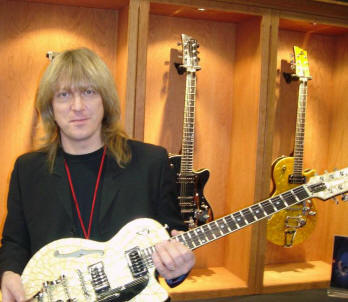


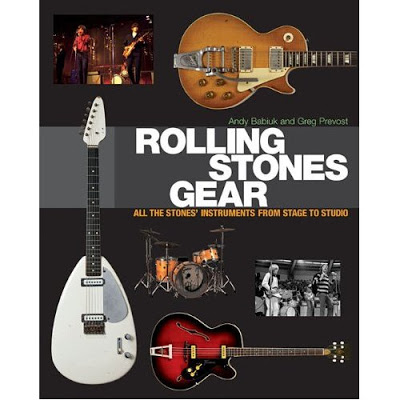

Sem Comentários